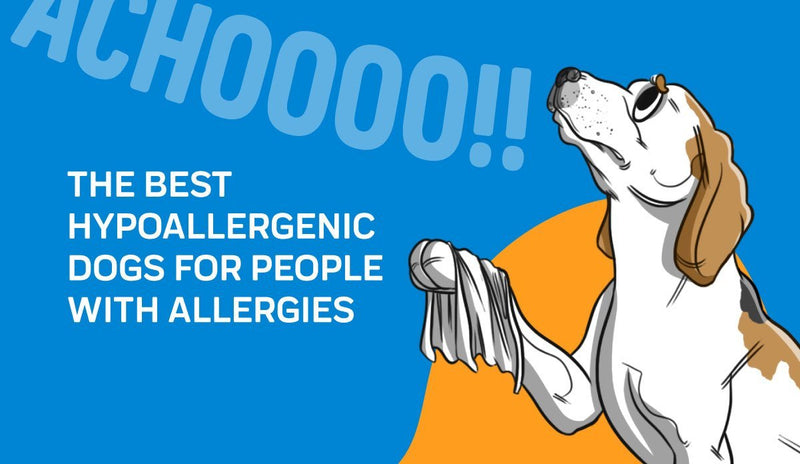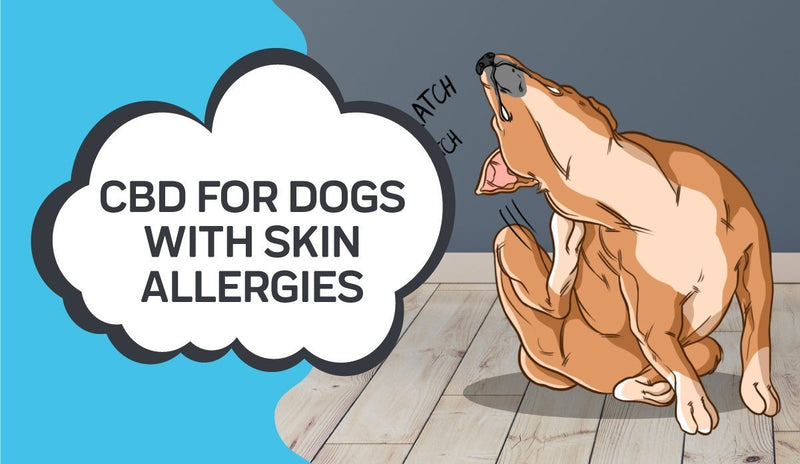What Should I have in my Pets First Aid Kit?
![]() Reading Time:
Reading Time:

All the research agrees – people adore their pets, and will go to a great deal of time, effort, and money to ensure their animals’ health and happiness. One pet-related project that can prove very valuable in an emergency is to assemble a first aid kit that you can keep in your house or take with you when you’re traveling with your animal.
Of course, putting the kit together won’t be too helpful if you don’t know how to use the items in it. If you’ve had some training in human first aid, or experience with children’s scrapes and cuts, that’s good. Even better is taking a course specifically in pet first aid, and/or reading a book about it. The more ready you are, the less a given situation will faze you.
Dogs and cats are a lot like little kids – they get into everything and want to try everything, which means that minor injuries are likely to occur now and then. Naturally, some animals are more adventurous and prone to mishap than others. (If I hear a crash in my house in the middle of the night, I know which of my three cats is responsible – because it’s always the same one!)
I consulted a variety of sources that recommended must-haves for a dog-and-cat first aid kit (the needs of other pets such as birds get more specialized), and came up with this checklist:
- Emergency numbers – your veterinarian, the nearest 24-hour animal hospital, your local poison control center
- Gauze pads and rolls (Telfa non-stick pads are also good)
- Adhesive tape (such as 1” white medical tape)
- Self-cling bandage such as VetWrap
- Cotton balls
- Cotton swabs
- Paper towels
- Latex gloves
- Blunt scissors (for when you go near the pet’s skin) and sharper scissors (for cutting other materials)
- Large nailclipper
- Tweezers
- Tick remover (Tick Key and Tick Twister are two popular ones)
- Needle-nose pliers to remove larger foreign objects (carefully!)
- Magnifying glass
- Penlight
- Rectal thermometer
- Petroleum jelly
- Sterile saline eye wash
- Eye dropper and/or oral syringe
- Bulb syringe
- STAT! Syringe from Innovet to induce vomiting in dogs in emergency cases of poison ingestion (better for this use than the often-recommended hydrogen peroxide) click here for more info on STAT! Syringe
- Styptic powder or pencil for controlling slight bleeding from nicks
- Wound disinfectant (Hibitane and Nolvasan are designed specifically for use with animals; Betadine also works)
- Wound spray (Vetericyn is also specifically for use with animals)
- Antibacterial wipes
- Over-the-counter antibiotic ointment
- Cortisone cream for itching from insect bites or irritating plants
- Small container of dish soap / washcloths (used to clean various kinds of goop off fur)
- Ice pack
- Muzzle (for an upset dog)
- Leash
- Medium-sized towel (can help you control a cat or smaller dog)
If you have a dog or cat with special needs (such as a diabetic animal) or that requires particular medications, you will want to include the appropriate items. A tip for giving pills: embed them in a small hunk of cream cheese, and most dogs and cats will scarf them down quite happily. If they get wise to this crush the pills and use Innovet Pet Products syringe and mix with water and administer via oral syringe. Click here for oral syringes















